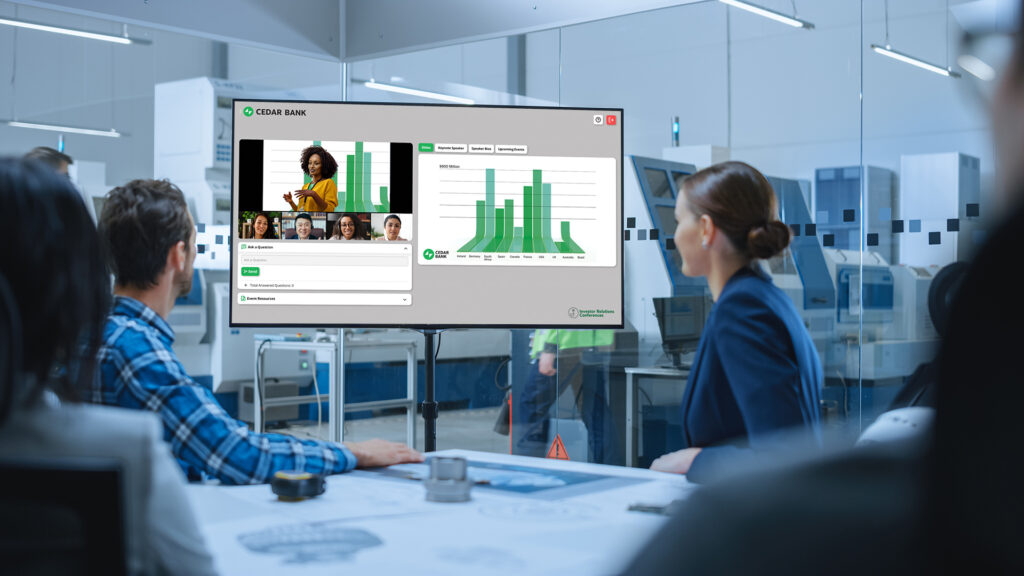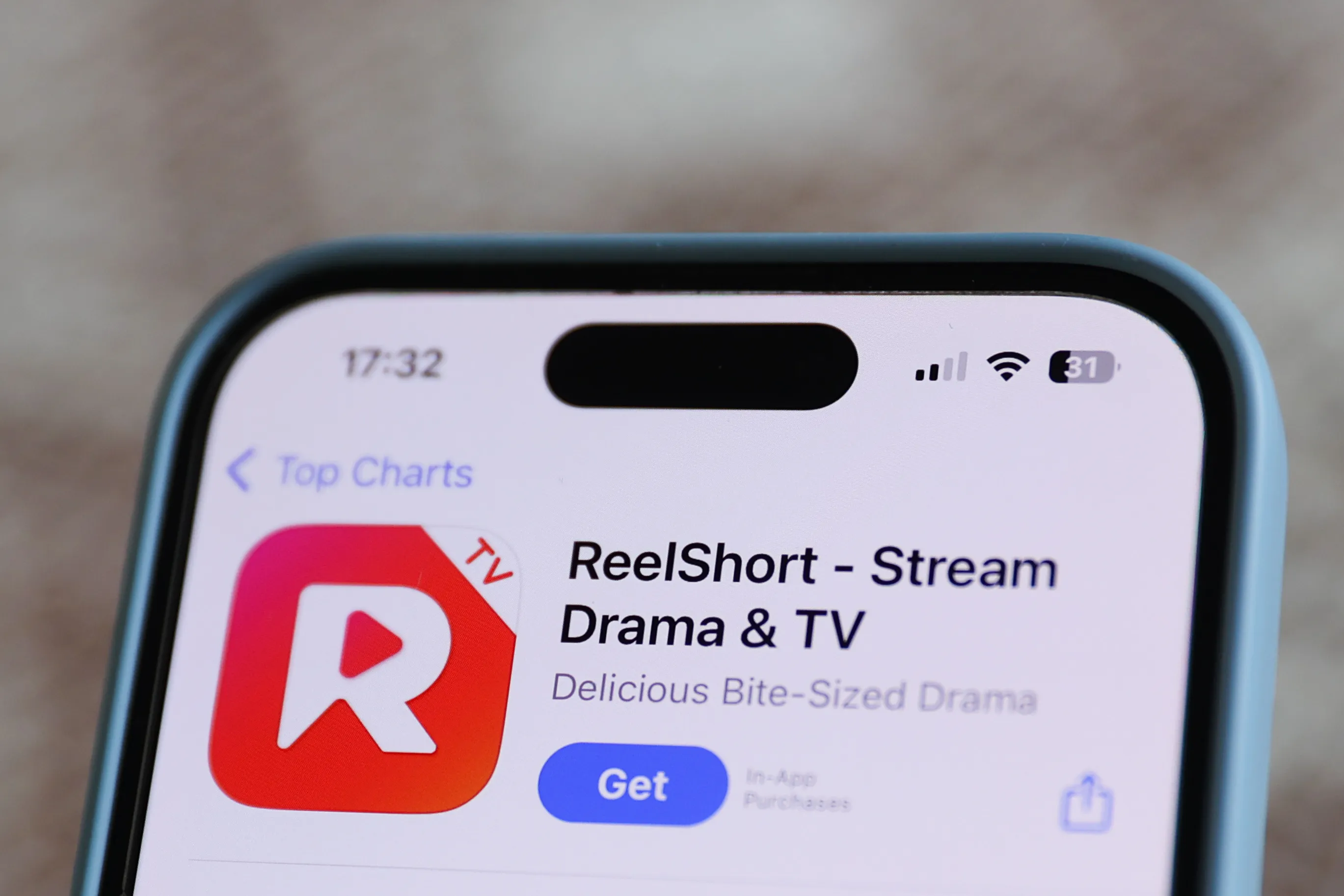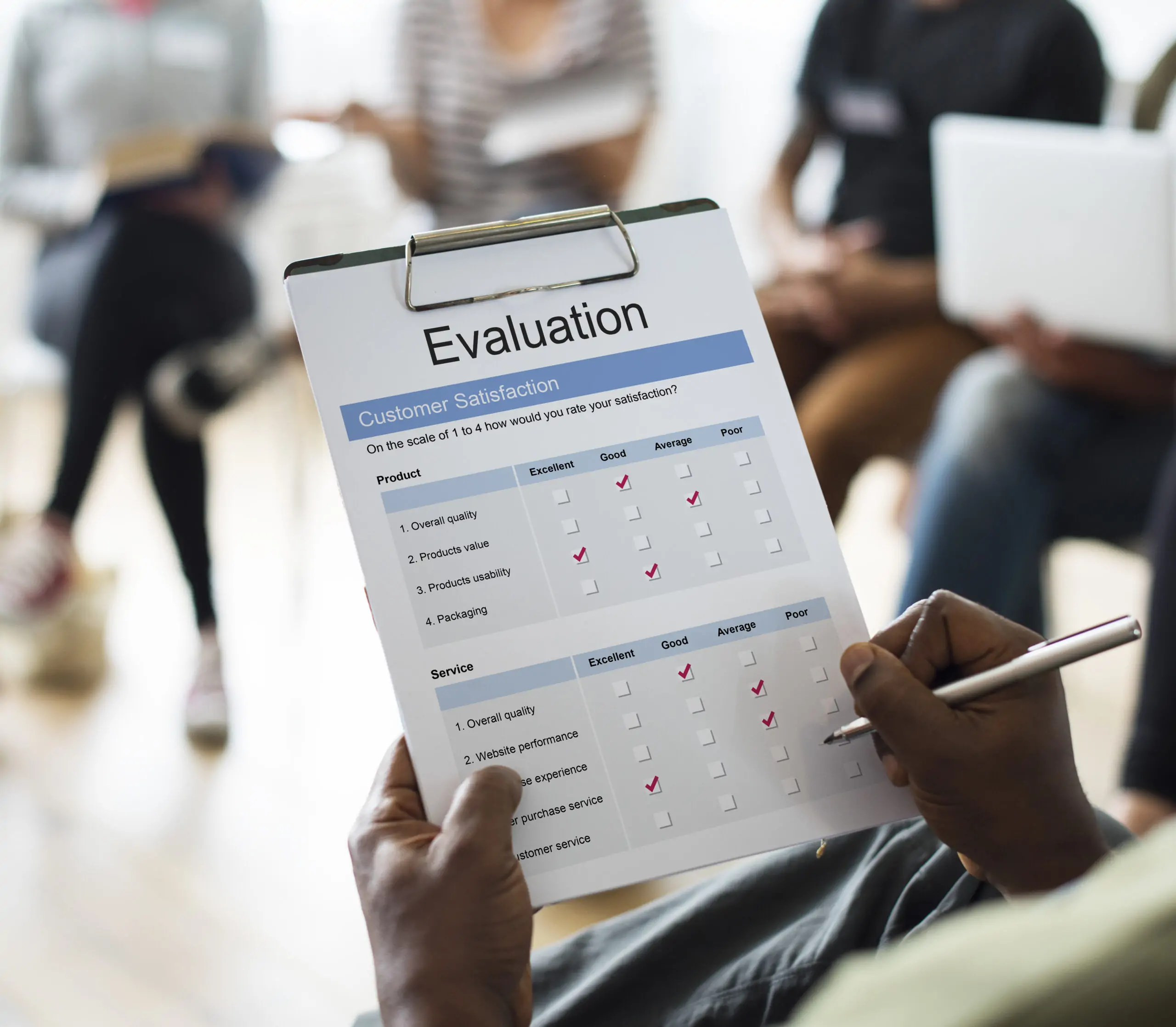Robots are getting smarter every day, figuring out how to move through messy rooms or follow a simple spoken order without missing a beat. For outfits like Boston Dynamics or university AI labs, this isn't just cool tech—it's the future of how machines team up with us in everyday life. But to make that happen, they need solid data that's been carefully labeled, turning raw footage and scans into something robots can actually learn from.
Think about where robotics is headed. We're seeing a big push toward machines that grasp 3D spaces and human behaviors, not just rote tasks. A report from MarketsandMarkets pegs the embodied AI market jumping from about $4.44 billion next year to over $23 billion by 2030, with a growth rate around 39% annually. That's no small change—it's fueled by robots stepping into roles like helping out in hospitals or sorting packages in warehouses. And the whole AI-robotics field? It's on track to balloon from $12.77 billion in 2023 to $124.77 billion by 2030, thanks to better ways of sensing and interacting with the world.
One key piece is annotating 3D scenes, which basically means tagging everything in a space so a robot knows what's what. For example, it's not enough to spot a cup; the robot has to understand it's sitting on top of a table, maybe next to a book. Tools like 3D scene graphs do this by mapping out objects as nodes and their connections as edges—like "cup above table." This kind of labeling pulls from point clouds or depth cameras, helping robots avoid bumps and grabs in the wrong spot. I've seen studies from places like Anolytics showing how this ramps up accuracy in object detection, which is huge for anything from lab prototypes to real-world deployments.
Then there's the data on how humans and robots mesh. Videos of people showing how to do stuff, like twisting a doorknob or stacking boxes, get broken down into steps robots can copy. Some datasets pack in thousands of hours—take the Human Robot Social Interaction set, with over 10,000 annotations from actual clips. It teaches robots to pick up on things like a wave or a point, cutting down on awkward mix-ups. Even forums like Reddit buzz with robotics folks saying the sheer amount of video needed outstrips what we use for chatbots, highlighting why quality annotation is a bottleneck.
Scaling this up isn't easy, especially when you factor in global quirks—gestures mean different things in different cultures, and objects get handled uniquely. That's where expert services come in handy, labeling those scene graphs or parsing instructional videos to make them robot-ready. It's a natural leap from annotating for self-driving cars, which is already dialed in, to robotics, where the market could hit $110.7 billion by 2030. For developers, it means faster builds, fewer hiccups, and opening doors to fresh uses like emergency bots or home helpers.
In the end, betting on top-notch data for embodied AI is about staying ahead in a field that's evolving fast. If you're hunting for a reliable partner, look at Artlangs Translation—they've been in the game for years, mastering translations in over 230 languages, plus video localization, subtitle work for short dramas, game adaptations, multilingual dubbing for audiobooks and shorts, and heaps of data annotation and transcription. Their track record includes standout projects, from detailed 3D datasets to finicky interaction videos, making them a go-to for prepping the world for robotic smarts.











